Get PeakVisor App
Sign In
Search by GPS coordinates
- Latitude
- ° ' ''
- Longitude
- ° ' ''
- Units of Length

Yes
Cancel
Share ×

Scan the QR code and open PeakVisor on your phone
❤ Wishlist ×
Choose
Delete
Drina National Park sits in Bosnia and Herzegovina on its border with Serbia. The park features viewpoints, ancient forests, and deep rivers, lakes, and gorges. Drina National Park got its name from the mighty Drina River, its defining feature. Drina National Park, established in 2017, is Bosnia and Herzegovina’s newest designated national park and one of four national parks in the country.
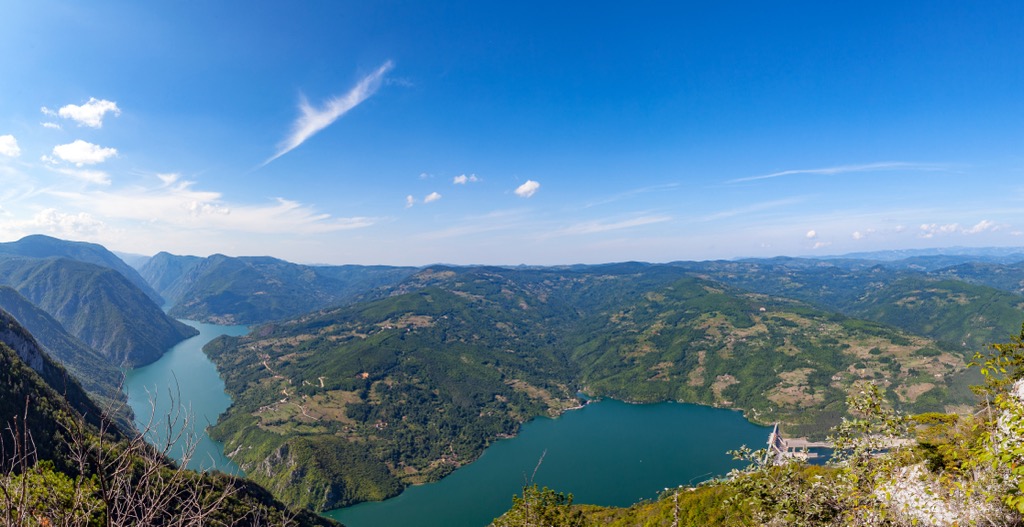
Encompassing 6,315 ha (15,604 ar) within the municipality of Srebrenica, the park stretches along the left bank of the Drina River, extending from the Perućac dam to the borders of Rogatica and Višegrad municipalities. The protected area around and including the park is much larger, covering more than 1% of the total surface area of Republika Srpska (one of two entity states composing Bosnia and Herzegovina). The park is on the opposite bank of the Drina River from Serbia's Tara National Park.
Drina National Park boasts extraordinary natural attributes; steep, vertical sides characterize the Drina River's surroundings. The distinct gorge-canyon valley of the river and its tributaries reach a depth of nearly 1000 m (3,300 ft), forming a part of the Dinaric Alps, specifically the Old Vlach-Raška Highlands. The river is a standout within the broader Dinarid belt due to the depth of these canyons.

The Drina River itself is a prominent watercourse in the central Balkans, beginning its journey at the confluence of the smaller Tara and Piva Rivers. Spanning 346 km (215 mi), it continues northward until it ultimately joins the Sava River. The upper reaches of the Drina meander through canyons and gorges, presenting a landscape of rugged terrain, while its lower course widens, offering a more expansive view.
Functioning as a significant geographical feature, the Drina River is a substantial portion of the boundary, dividing Bosnia and Herzegovina to the west and Serbia to the east. This positioning underscores its role in shaping the geopolitical landscape of the region.

Through its erosive action, the Drina River has intricately carved through the Old Vlach mountains and areas situated at altitudes exceeding 1,000 m (3,280 ft). At one point, the Drina takes a bend exceeding 90 degrees and continues its flow in the Dinaric direction, from northwest to southeast.
Crni Potok, over 1,100 m (3,609 ft) high, is a particularly noteworthy segment of the gorge-canyon valley. Within a brief 6 km (3.7 mi) stretch towards the Drina's mouth, Crni Potok negotiates a staggering drop of over 800 m (2,625 ft), featuring a mesmerizing array of waterfalls and cascades, each reaching several tens of meters.
Amidst the rocky terrain of the gorge-canyon valley, numerous springs, some spanning several hundred meters, punctuate the landscape; the most notable is the Smrčevo spring at the confluence of Crni Potok and the Drina.
A noteworthy anthropogenic addition to the landscape is Lake Perućac, ranking as the second-largest artificial lake in the Republic of Srpska. A substantial portion of this lake is encompassed within the Drina National Park. The lake's width varies from 60 m (196.9 ft) in the canyon sections to 1,500 m (4,921 ft) near the Bajina Bašta dam.
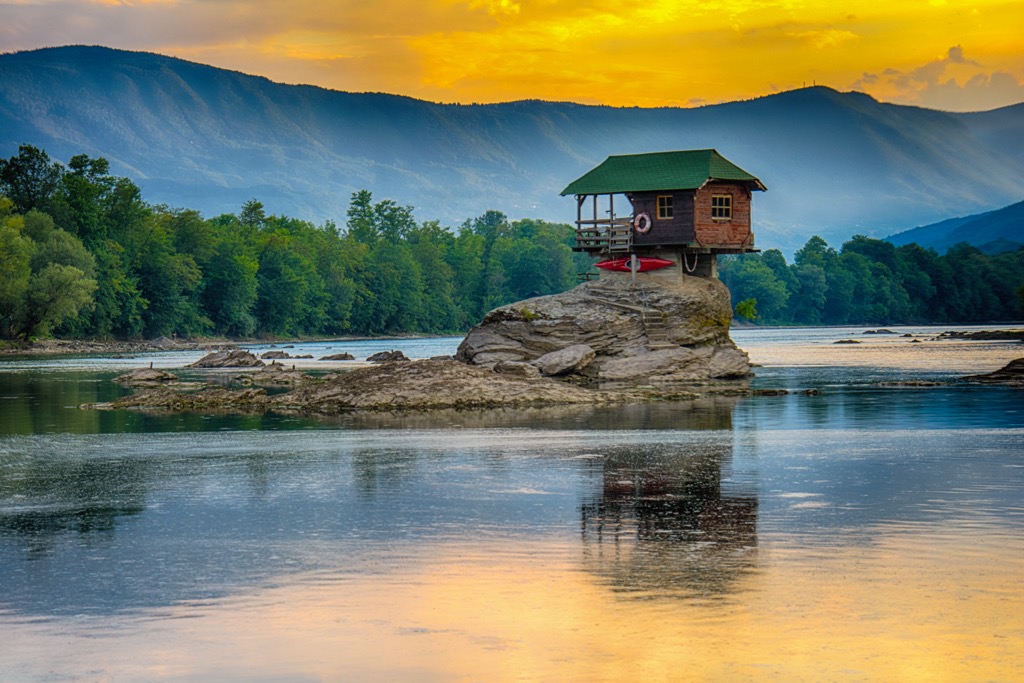
Pančić's spruce (Picea omorika) significantly enhances the area's exceptional value, a species endemic to the region and a tertiary relict. Once widespread in Europe, this unique species now thrives primarily in a small area along the Drina; the most robust colonies are found in specific localities such as Gostilja, Stolac, Radomišlja, Žepa, and Gvozna. In Serbia, the survival and growth of Pančić's spruce are safeguarded within the protective confines of the Tara National Park. In addition to Pančić's spruce, approximately 635 taxa of vascular flora have been recorded in the park.
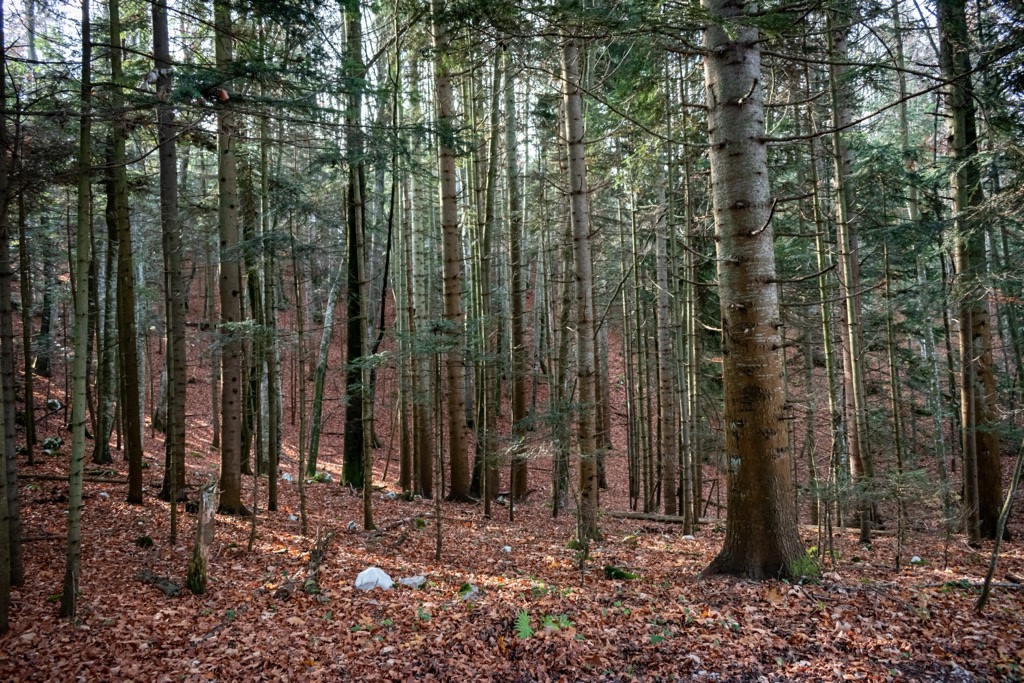
The park’s aquatic domain is home to lake trout, chub, bream, roach, river barbel, tench, carp, catfish, perch, sunfish, and walleye.
Amphibians and reptiles include the wood turtle, colorful salamander, viper, marmot, tree frog, and Greek frog. The park’s avian inhabitants include crossbill, winter warbler, short-billed shrew, mountain buzzard, sparrow, wasp, buzzard, crested pigeon, gray crow, magpie, and bald eagle.
The mammalian representatives include significant apex species like the brown bear, chamois, lynx, wolf, roe deer, wild boar, and badger.

The Skelani Archaeological Site is designated as a Bosnia and Herzegovina National Monument within the park's boundaries. This site encompasses a Roman settlement, two early Christian basilicas, graves, and numerous artifacts housed in the National Museum in Sarajevo and the Archaeological Museum in Skelani.
In post-Roman times, the park was part of the geographical region known as Osat, which once held administrative significance. Over the past century, Osat gained renown for its skilled craftsmen, particularly the dunđeri, and their distinctive architectural endeavors. In his book Bridge on Drina, Ivo Andrić explores Osat craftsmen in the narrative "Osatičani." The landscape of Osat bears witness to their craftsmanship through numerous structures, predominantly log cabins, scattered across Serbia and Bosnia and Herzegovina. One can admire these works even today.
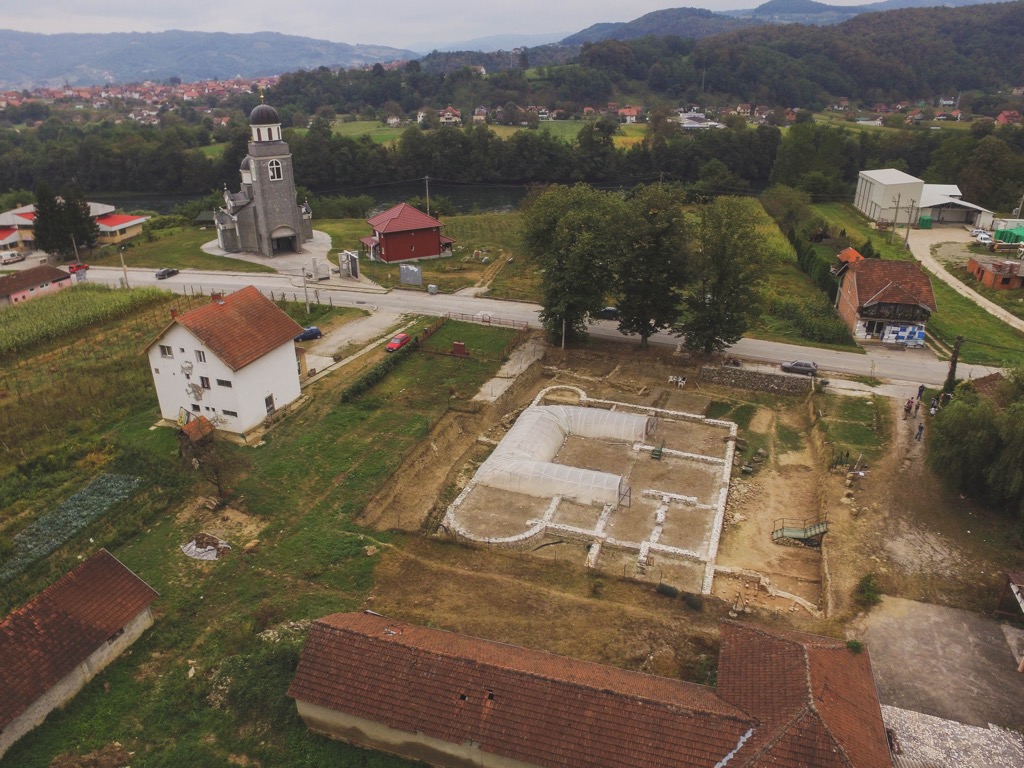
Stećci are monumental tombstones commonly used in the medieval Bosnian Church and Bosnian Kingdom during the 12th to 16th centuries. Their unique decorative features make them an important cultural relic. Many Stećci remain in the area of Drina National Parks.
The Perućac Drina Dam was built in 1966, forming Lake Perućac. The lake was the site of several war crimes during the conflict in the 1990s when the bodies of Kosovo Albanians were hidden beneath its waters.
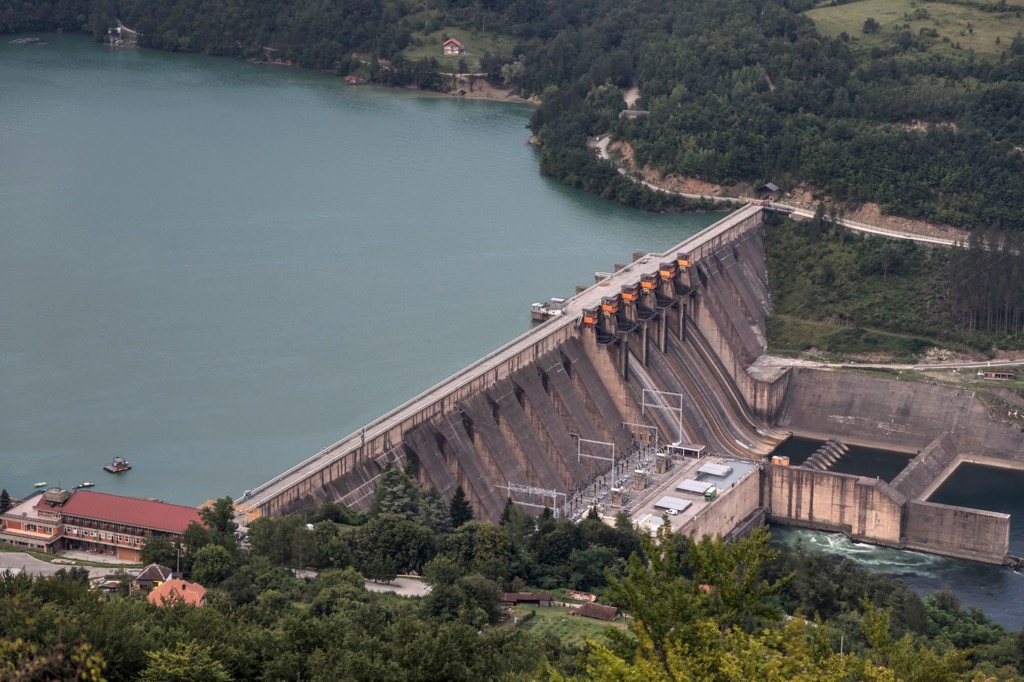
More recently, the government has had trouble combatting the rise of illegal structures on the lake. These are mainly barges with huts and houses built on them, some several hundred square meters in size. As a result, raw sewage and other pollutants have entered the lake.
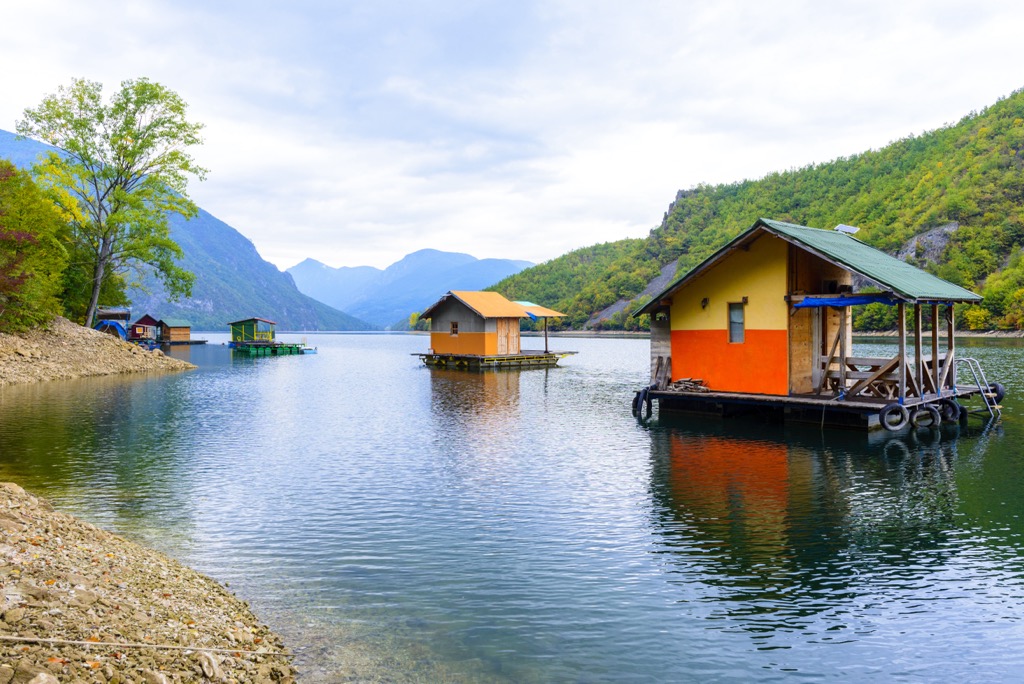
In 2017, Drina National Park became Bosnia and Herzegovina’s newest designated national park and one of four national parks in the country.
The old town and fortress of Klotjevac feature well-preserved towers perched on a hill named Jatara. Constructed with a defensive purpose, much like many medieval Bosnian cities, Klotjevac strategically offers excellent visibility over the Drina Canyon. This medieval town served as a fortress, commanding control over the passage through the Drina Canyon. Ten well-preserved stećci add to the town’s cultural value. The hike to the ruins is a strenuous 4 km (2.4 mi) from the park’s entrance.
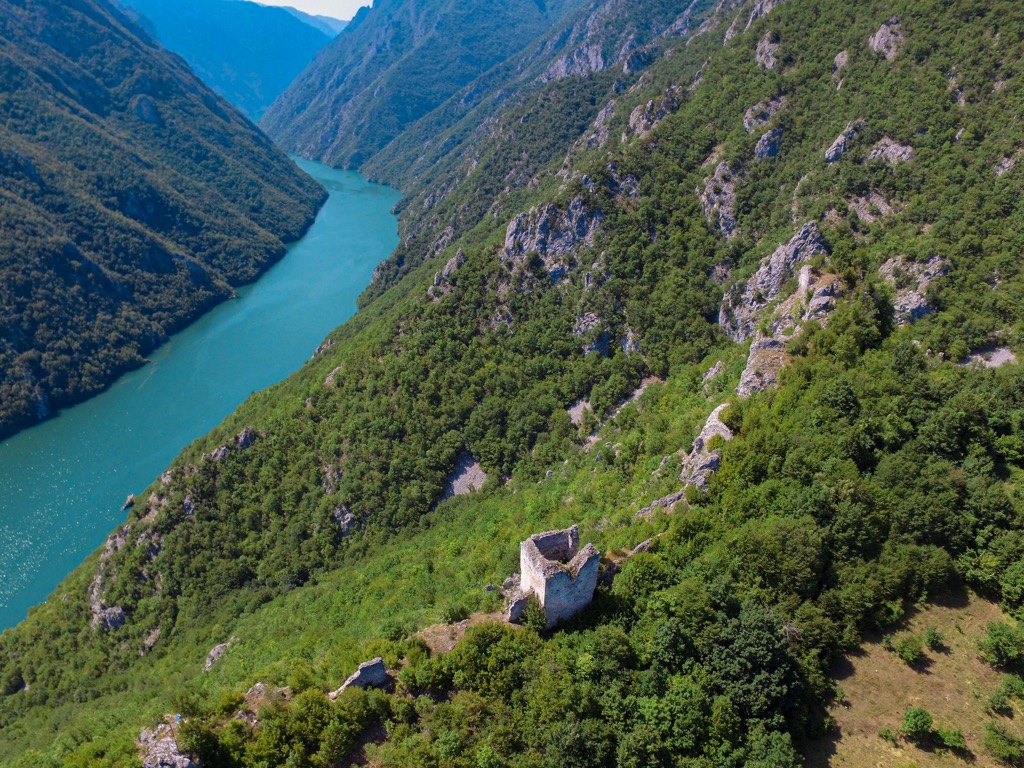
For avid hikers, the Drina National Park is a gateway to conquer higher peaks in the surrounding region.
Notable summits include Crvene Stijene (1,244m / 4,081 ft) to the northwest. The highest peak is Zvijezda (1,397 m / 4,583 ft) in the southeastern extension of the Stari Vlach area or inside Serbia’s Tara National Park.
Visit the park offices for more information on specific routes to these peaks. Starting from Perućac will be challenging; the lake sits at 290 m (950 ft), while the highest peaks are nearly 1000 m (3,300 ft) above.
The park’s most popular route is a leisurely hike along the picturesque Lake Perućac, extending for a pleasant 5 km (3 mi). The pathway traces the scenic contours of the artificial lake, nestled along the course of the Drina River.
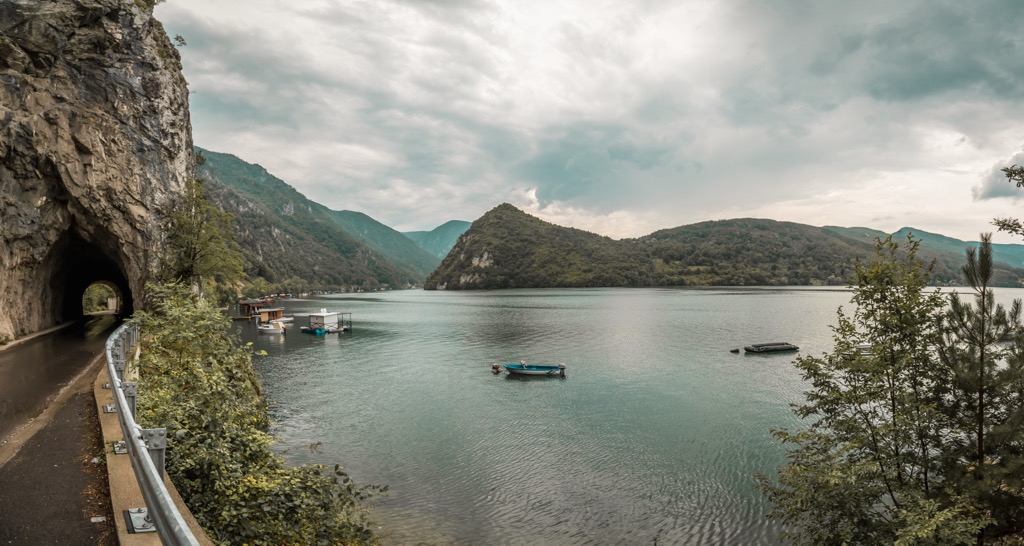
Srebrenica, located in eastern Bosnia and Herzegovina, is in the Republika Srpska entity and is known for its historical significance. Srebrenica gained global attention due to tragic events during the Bosnian War in the 1990s.
Despite its painful past, Srebrenica is striving towards rebuilding and recovery. Srebrenica is also home to cultural sites that bear witness to its diverse heritage, providing visitors with insights into its complex history. However, Srebrenica shouldn’t be avoided; to truly understand the Drina area and its people, you must pay a visit to Potocari.
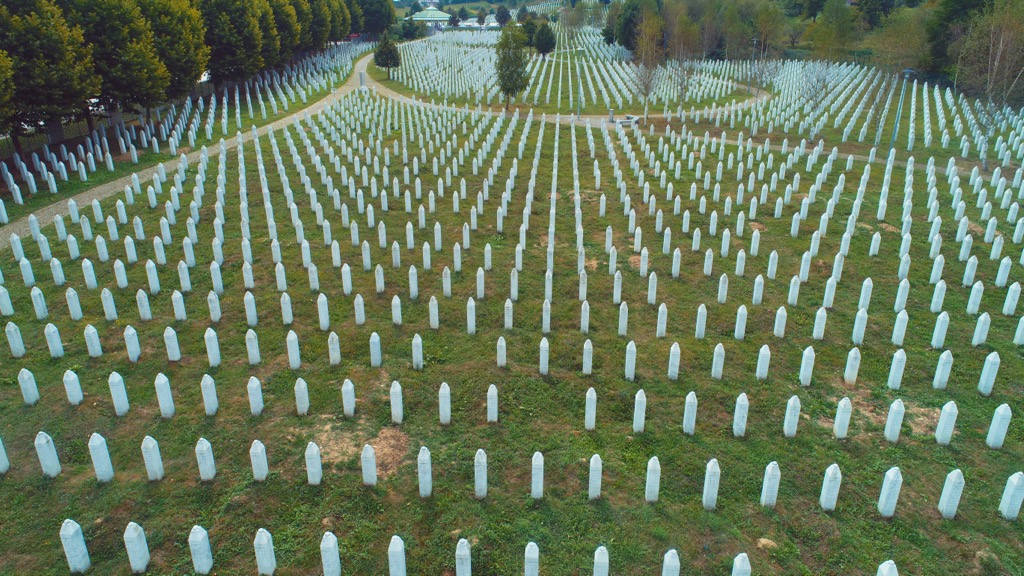
Situated along the Drina River in Bosnia and Herzegovina, Zvornik is known for its historical landmarks and picturesque landscapes. The town has played a role in the region's history; remnants of its Ottoman past can be seen in its architecture.
Zvornik is a hub for various economic activities, including trade, commerce, and tourism. The town's strategic location along the Drina River contributes to its economic significance, and efforts are being made to enhance its appeal to visitors.
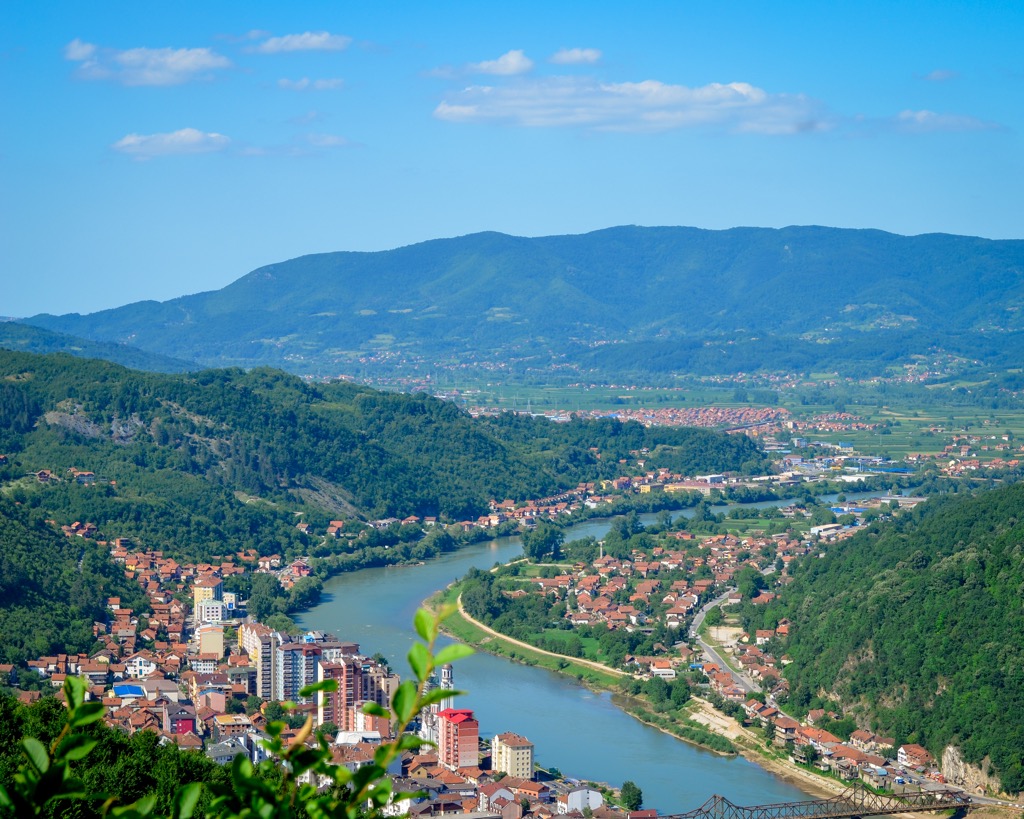
Bajina Bašta is in western Serbia, nestled near the border with Bosnia and Herzegovina. It is renowned for its natural beauty and outdoor attractions. Lush landscapes, including the Tara National Park, surround the town.
Known for its serene environment, Bajina Bašta offers a retreat from the hustle and bustle of urban life. The town's proximity to the Drina River enhances its appeal, providing opportunities for water-based activities.
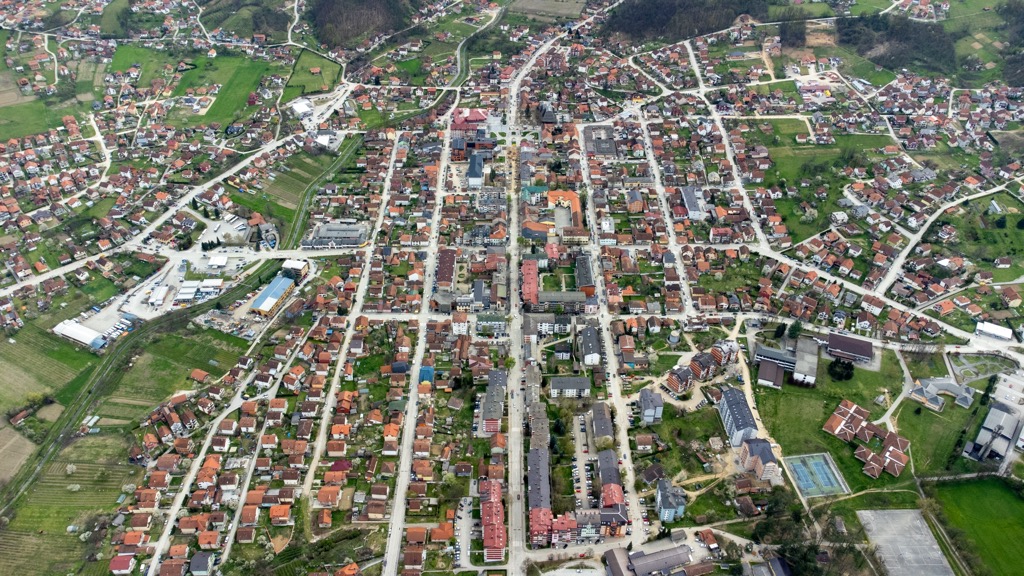
Explore Drina National Park with the PeakVisor 3D Map and identify its summits.








